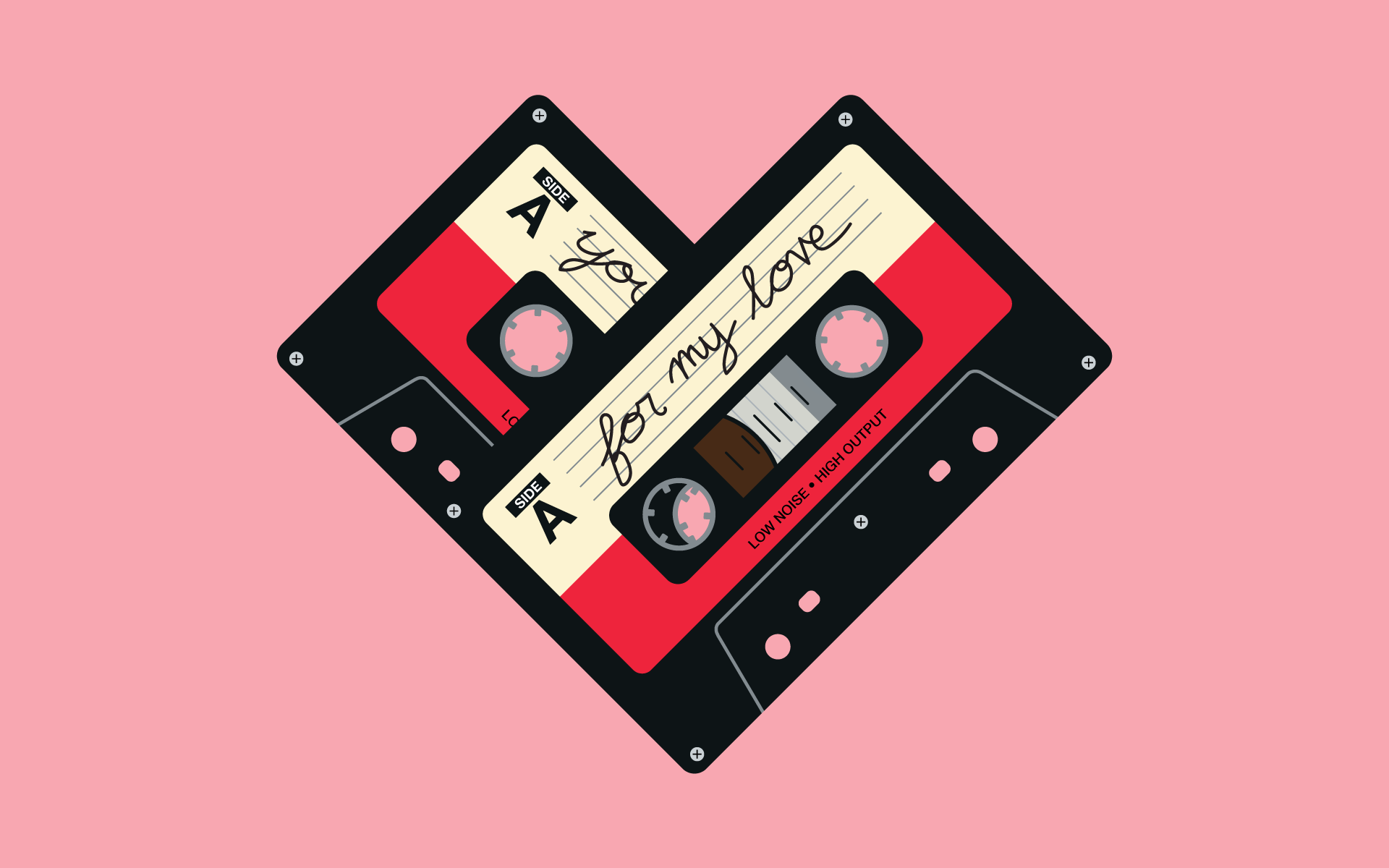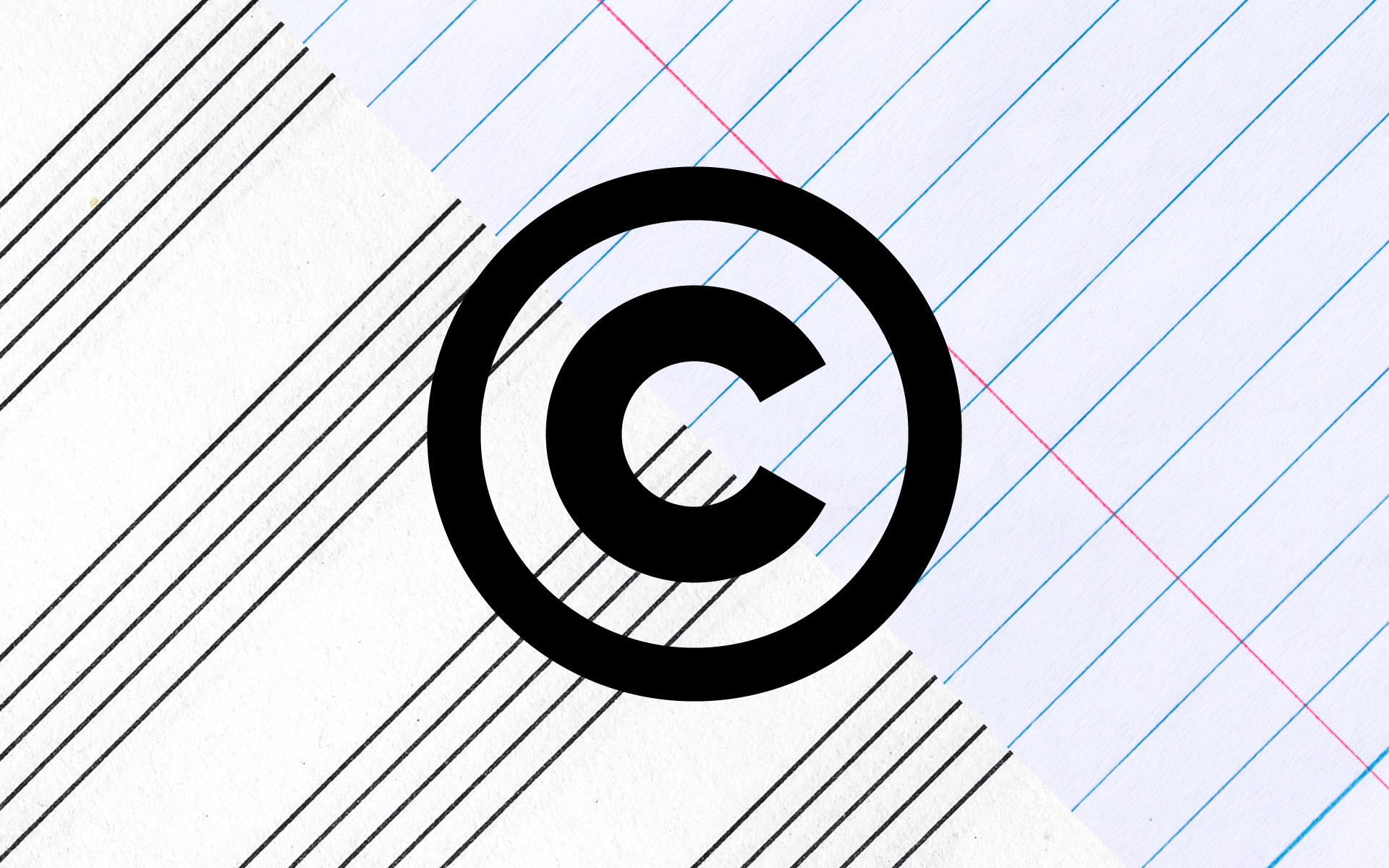Protest songs give a social movement a soundtrack. From a songwriting perspective, they help you connect with your society by engaging with what you want to change, whether it be the minds of the people who disagree with your ideals, or the complacency of those who agree with you, so you can energize them into action.
In Robert Lagueux’s Music, Self, and Society course, the author muses pragmatically on whether a protest song can actually change anything.
Not all music that attempts to bring about social change necessarily does so, of course; but the mere fact that protest songs exist, and that they are often suppressed by the institutions that are being protested, demonstrates that they can. No one would bother trying to suppress something that didn’t have a chance of working; it’s too much energy.
If you’re looking to express your anger and frustration, put your feelings to song. Here are a few tips from some of the greatest protest singers as well as some of Berklee Online’s songwriting instructors.
Be True
If you’re recording your protest song yourself, make sure you are in your truest voice when singing. Because protest songs must be a mirror of society, the vocal must reflect a level of sincerity and honesty that other types of songs don’t necessarily require. In his Vocal Production course, Prince Charles Alexander writes that people just want to be entertained, “but the records that stand the test of time—the vocal performances that we remember—do something else for the audience. They allow the listener to experience a truth that is often not easy for us to express or experience in daily life. This is an aspect of the record as a work of art.”
Think of the escalating intensity of Rage Against the Machine’s best songs, the measured anger of Killer Mike in “Reagan,” or the matter-of-fact confidence of Kendrick Lamar in “Alright.” This is because they are expressing issues that are close to their heart, and they express themselves with the same emotions that they would use to talk about such issues, but the music amplifies their passion and the sincerity of their performance puts their words on a level that mere speech cannot reach.
Be Direct in the Chorus
The chorus of your protest song should be something that you imagine throngs of people singing as they march. Jimmy Kachulis makes an astute observation about the function of the chorus in his Songwriting: Writing Hit Songs course:
The chorus is the part of the song that keeps coming back with the same lyrics and music, usually after each verse. This helps audience members remember it so they can sing along. Why is it called a “chorus?” Because the audience is supposed to sing along. They are the “chorus.” So, that’s your goal: to get your audience—usually not musicians—to sing along with your song’s chorus.
For protest songs, this is even more true. You need to write what you feel, but also tap into what many other people are feeling if they’re going to act as your chorus. If your song does achieve enough momentum to inspire the masses, then ideally they will sing your song at rallies and protests, which they will probably do without your recording. This means they’ll likely just sing the chorus, so make it count. Make it memorable, and make it direct. Listen to the Wailers’ “Get Up Stand Up.” The message is simple and direct: “Get up, stand up, stand up for your rights, get up, stand up, don’t give up the fight.” It’s easy to chant, and there is power in its simplicity. The revolution will be energized!
Be Direct in the Title
This is another instance where being as direct as possible is best. You want people to find your song, so use the main lyric from your chorus as the title. No need to go all poetic and give it a title that isn’t even in the song. For what it’s worth, Buffalo Springfield’s best known political song, which is titled “For What It’s Worth” may be a brilliant protest song, but they should have titled it, “Stop! What’s that Sound?”
In his course, Lyric Writing: Writing from the Title, author Pat Pattison makes two very effective points about titles:
- A title should be the target area that everything else in the song aims at.
- A title should be able to be developed as the song progresses, so that it gains more impact as we gain more information.
It’s this second point that we should examine specifically in regards to a protest song. Think of “The Times They Are A-Changin’.” Each time Bob Dylan sets up the refrain, the context of the title line changes, and the world of the song expands outward and the stakes get higher, until the final apocalyptic allusion of “and the first one now will later be last, for the times they are a-changin’.”
Use Arresting Imagery
Think of Billie Holiday’s “Strange Fruit,” often regarded as the first protest song. In fact, Ahmet Ertegun famously cited it as “the beginning of the civil rights movement.” In regards to the previous suggestion, this song is definitely an example of a title that gains more impact as we gain more information. If you hear the title out of context, you might think it’s about something else entirely. But this song works so well as a protest song because its imagery is so effective. Songwriter Abel Meeropol wastes no time in getting to the vivid violence: “Southern trees bear a strange fruit, blood on the leaves and blood at the root, black bodies swinging in the Southern breeze.”
The imagery in the verse of U2’s “Sunday Bloody Sunday” is similarly vivid: “Broken bottles on the children’s feet, bodies strewn across the dead end street.” Bruce Springsteen’s “Born in the U.S.A.” also uses the verses for vivid imagery. We can essentially see the Vietnam vet from whose perspective Springsteen is singing, as he’s looking for purpose “down in the shadow of the penitentiary, out by the gas fires of the refinery.”
Twist Traditions
One sure way to make a cultural statement is to take allusions to existing songs, and twist them into a context that serves your purpose. Oftentimes this means taking something celebratory and making it revolutionary. The Rolling Stones twisted the opening line of Martha and the Vandellas’ “Dancing in the Street” for their own “Street Fighting Man” to “summer’s here and the time is right for fighting in the streets.” Public Enemy took the Beastie Boys’ “Fight for Your Right (to Party)” and turned it into “Party for Your Right to Fight.” Think of “This is America” by Childish Gambino, and the way the intro and bridge give the listeners a false sense of comfort that they’re listening to party music before dropping the bass and opening up a hard, cold reality, “This is America, don’t catch you slippin’ now.”
Use the Verses for the Details
Think about the verses of your protest song as your platform to say what you want to say. The chorus can have the chorus, but the verse is yours. The verse words don’t have to be something people will sing along to—really, does anybody know all the verse words to “Give Peace a Chance”?—but this does not mean the verse words should be throwaway lyrics. Think of the verses as an opportunity to preserve your feelings in a way that it could be repurposed for an inspirational quote about the change you want to inspire.
Think about the lyric in “What’s Going On” where Marvin Gaye sings, “War is not the answer, only love can conquer hate.” The masses don’t sing along to it, but they do listen to it.
Think about all the quotable verse words in Beyoncé’s “Formation,” from the Red Lobster line to the hot sauce in her bag to the “black Bill Gates in the making” line. The verse is a time to get personal, and really examine your thoughts and feelings on what you’re writing about, to solidify your connection to the issue at hand. And then, as the Clash sang, “let fury have the hour, anger can be power, you know that you can use it.”
It’s easy to feel like there’s more you could be doing right now. Besides marching, reading, and donating, using that anger to write a protest song is a way that musicians can play their part. And creating art during this time is an important role in all of this.











